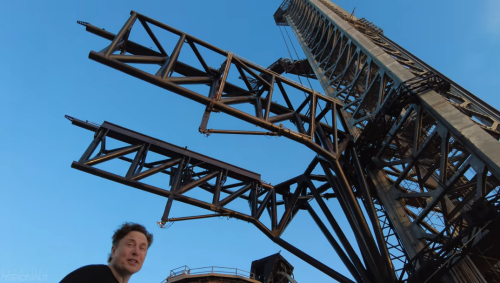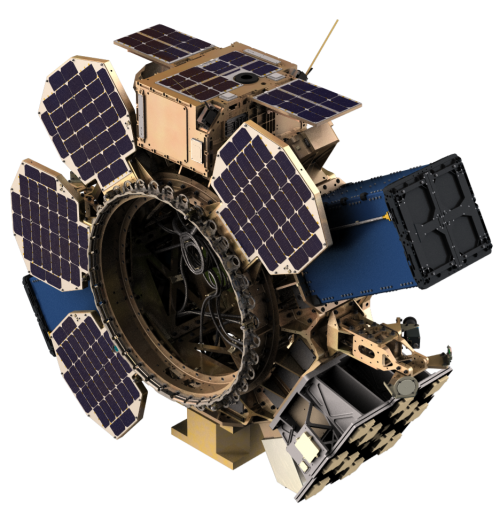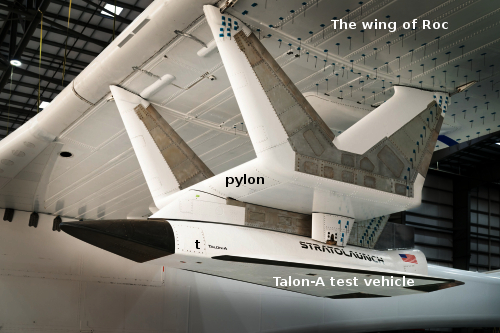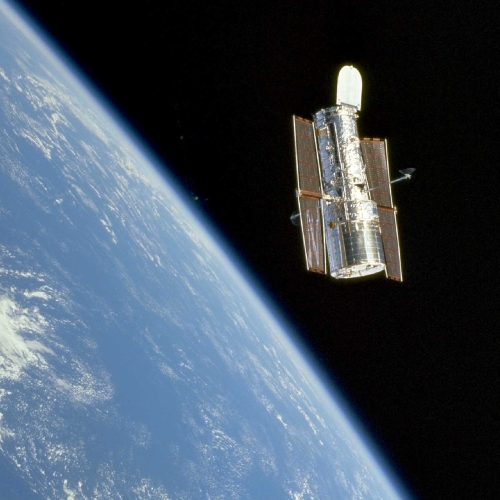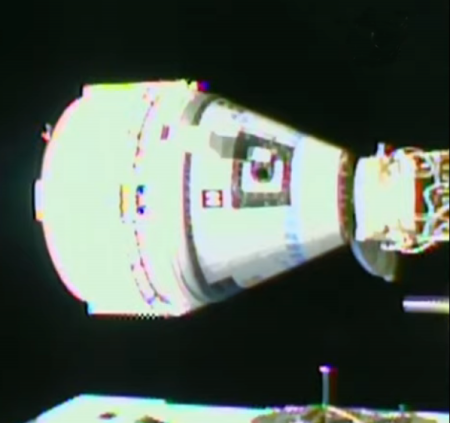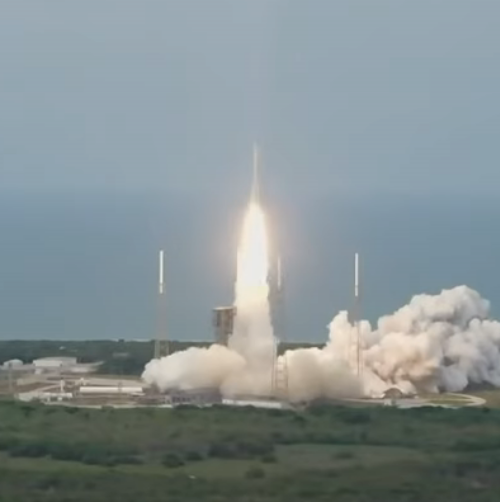First test flight of Momentus’s orbital tug has issues
Capitalism in space: According to a short press release from the company, tirst test flight of Momentus’s orbital tug — launched on a Falcon 9 on May 25th, has communications issues.
We have established two-way contact with the Vigoride Orbital Transfer Vehicle, and as is often the case with a new spacecraft, have had some initial anomalies. We are using an unplanned frequency as we work through this and are applying for a Special Temporary Authority (STA) with the FCC to address that in order to help command the vehicle back to nominal configuration. Our engineering and operations team is working to address the anomalies.
No further details have so far been released.
Capitalism in space: According to a short press release from the company, tirst test flight of Momentus’s orbital tug — launched on a Falcon 9 on May 25th, has communications issues.
We have established two-way contact with the Vigoride Orbital Transfer Vehicle, and as is often the case with a new spacecraft, have had some initial anomalies. We are using an unplanned frequency as we work through this and are applying for a Special Temporary Authority (STA) with the FCC to address that in order to help command the vehicle back to nominal configuration. Our engineering and operations team is working to address the anomalies.
No further details have so far been released.

